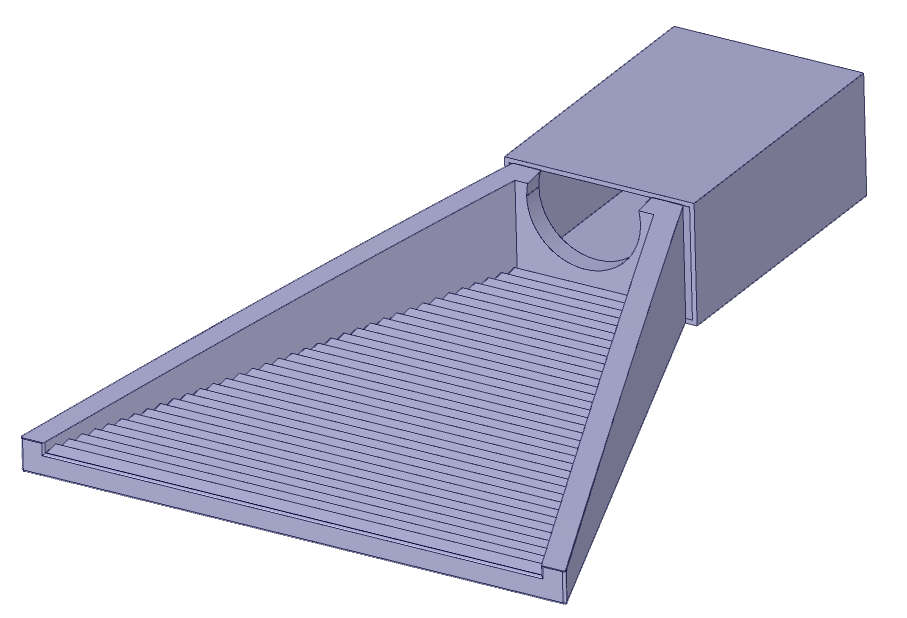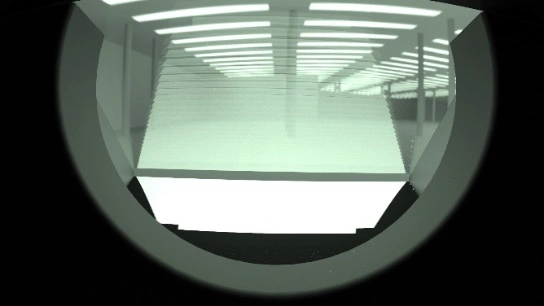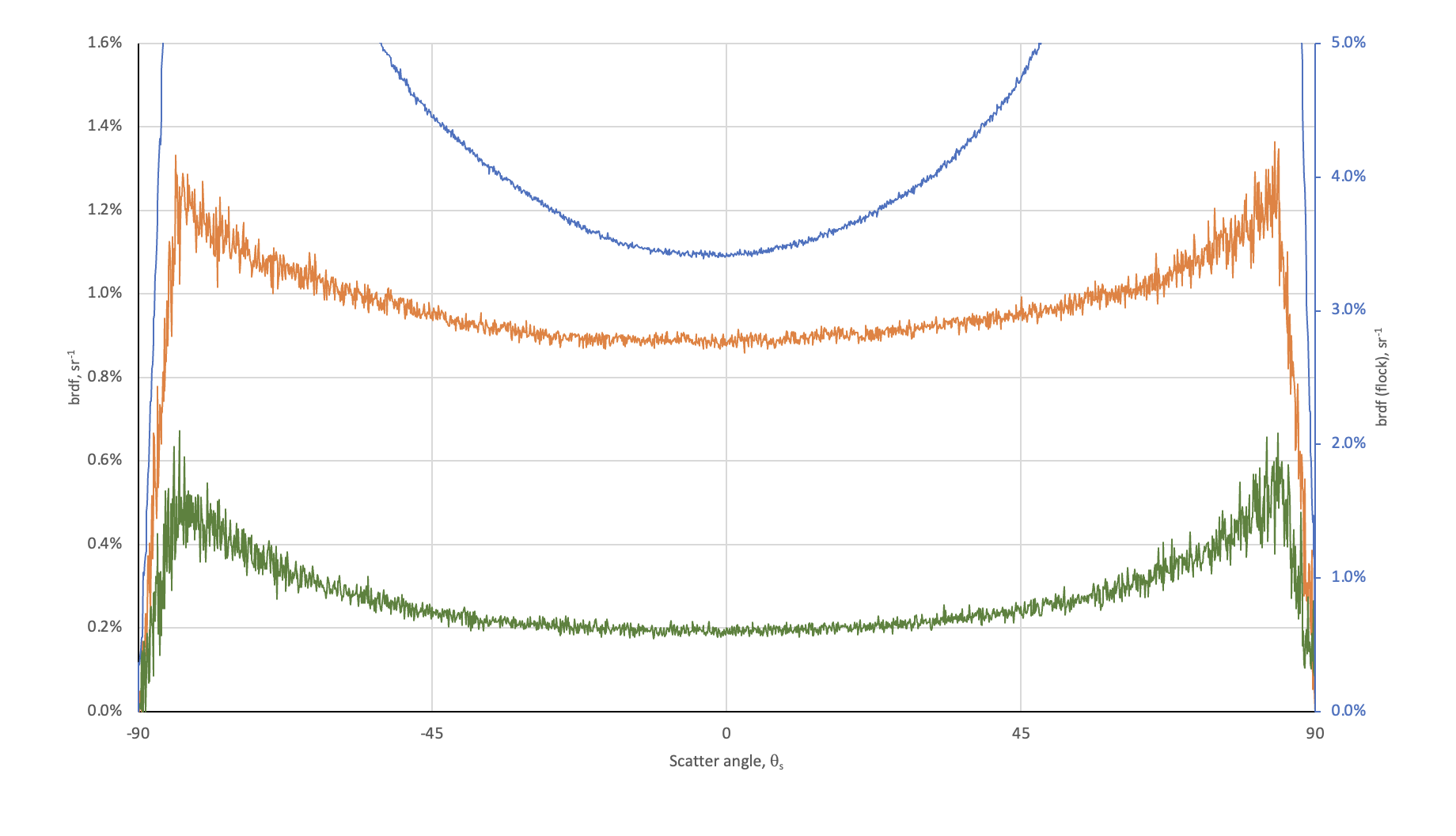As the automotive industry pushes toward higher levels of autonomy, ADAS play a crucial role in enhancing road safety. However, as ADAS functionality increases, ensuring the reliability of sensors becomes more critical.
In this article, find out about Vantablack‘s groundbreaking solution, and join them at AutoSens Europe 2024 to learn more.
Vantablack®’s light suppression technology has been extended to optical-sensor shielding to eliminate stray light that could result in sensor blinding and system drop-out. Vantablack® technology exhibits extremely low volatility over extended temperature and humidity ranges, and provides the optical system designer with an easily-applied stray-light suppression capability.
Advanced Driving Assistance Systems (ADAS) are an integral part of the automotive industry’s roadmap to improving road safety. ADAS functionality, or Level, is categorised by its degree of automation and ability to operate without the need for a driver’s intervention. In its simplest form, ADAS provides warnings to the driver, or takes momentary action such as regulating braking force (anti-lock braking system – ABS). As functionality increases, the systems progressively become more autonomous (with “Autonomous” often used in-place of “Advanced” in ADAS), until at Level 5, no human intervention is required.
From Level 2 and above, an enabled ADAS system continuously controls the critical driving functions of steering, braking and accelerating. It is thus necessary to ensure that sensors and transducers monitoring the external environment exhibit high integrity.
Sensor Requirements
A number of different sensor-types have been proposed for use in ADAS. These include radar (often included in Level 1 adaptive cruise control systems), LiDAR and optical camera systems. Whilst makers might select different types (or combinations) of sensors, there are a number of common requirements. The sensor is required to accurately represent the scene within its field-of-view (FOV) regardless of external influences or environmental conditions (for this reason, some manufacturers opt for a suite of sensors). Further, the sensor is required to perform over the life of the vehicle, operate reliably over environmental extremes, be readily repairable, cost-effective and aesthetically pleasing (or invisible).
Optical Systems
Compact cameras are widely used in automotive applications for lower-level functionality (lane keeping, emergency braking), and to provide mandated reversing video. They are increasingly used in higher-level systems to provide conditional autonomy, typically mounted internally and as close to the roof-line as practicable (for example, forward view cameras). Sited here, the camera is protected from weather and external impacts, but its function of-course requires it to “see” through the windscreen. Light (typically from high incidence and consequently outside the intended FOV) transmitted through the glass can result in veiling flare and glare, effectively blinding the camera. The virtual image of the dashboard’s reflection in the windshield can also appear in the FOV, adversely affecting performance. Whilst lens quality (cost) can address some of these issues, opaque optical shields (literally glareshields) are commonly used to block these virtual images, and to absorb the stray light that results in veiling flare.


Moulded glareshields used for this purpose exhibit relatively high reflectance, and are unable to provide sufficient stray-light suppression. Consequently, attempts have been made to reduce the shield’s reflectance (improve its absorbance) either through addition of mechanical baffles, or by use of light absorbing coatings such as matt black paint or flocking.
The Ansys SPEOS simulation clearly illustrates the limitations of legacy approaches to supressing stray light in shields. This issue is exacerbated by the move to the wide-angle capabilities necessary for higher level ADAS.
Stray light suppression
Reducing the reflectance of the glareshield is a necessary step in suppressing stray light. However, simply reducing specular reflectance at a particular (and usually low) angle of incidence (AOI) is insufficient; the glareshield must ideally exhibit Lambertian characteristics to reject stray light, maintaining low reflectance even at high AOI. Bidirectional reflectance distribution function (BRDF) measurements (quantifying the ratio of reflected radiance to incident irradiance across a range of AOIs) provide a convenient method for comparing efficacy of reflection reduction strategies.
Figure 2 shows BRDF for flocking (a), a specialist urethane-based black paint (b) and Vantablack® Vision (c) at an arbitrarily chosen AOI of 70°, azimuth angle øs 0° (in plane of source) and scatter angle qs varying between -90° (back scatter) to 90°.

The flocking used in this test shows a high BRDF that varies substantially with viewing angle. Both the specialist paint and Vantablack® exhibit essentially Lambertian behaviour, but Vantablack® is clearly superior, with a BRDF some 4 times lower than the paint. Apart from delivering the lowest total hemispherical reflectance (THR) [5], Vantablack® maintains its performance regardless of viewing angle, thanks to its structure. Figure 3 shows micrographs of Vantablack®, illustrating its surface morphology. The low-density coating provides a huge area for light absorption, whilst its surface roughness ensures this area is available to incident light, even at grazing angles


There is a trade-off between achieving required levels of grazing-angle performance and cohesive strength of relatively thin (ca. 100mm) coatings. Optimising this is a function of, amongst other things, material choice and application methods. A coating addressing the requirements of sensors for ADAS satisfies functional requirements that differ from, for example, soft-feel finishes.
Environmental Stability
While achieving an adequately low reflectance is necessary for effective optical shielding, the chosen methodology must be environmentally stable, and capable of operating without impacting other system elements. As an example, forward-facing camera (FFC) shields mounted on windscreens can be subjected to temperatures of 140 °C. This approaches the maximum service temperature of many moulded plastics, and typically results in evolution of volatile materials from commonly used adhesives, sealants and binders. Even higher temperatures can be found in assemblies such as head-up displays (HUDs) where large mirrors contribute to heating (and stray light results in undesirable artefacts in the projected virtual image).
With increased use of plastics and composites, standard tests were developed by the automotive industry to quantify outgassing of volatiles (fogging) from these materials. The degree to which this fogging would obscure visibility is quantified by a fog number (FN) derived from a standard test. Materials of construction used in electro-optical (EO) systems are also prone to fogging, but standard fog tests of individual components are simply inadequate for assessing long-term performance of ADAS sensor configurations. The higher level of discrimination required for ADAS necessitates consideration of interactions between materials, and any chemical changes such as hydrolytic degradation of organics that might historically have been deemed acceptable.
Fog Testing
Fog test conditions specified in international fogging standards3 are insufficiently harsh to exercise ADAS technologies. Other techniques, such as exposure to vacuum at temperature (TVAC) with spectroscopic analysis of outgassing products, and thermogravimetric analysis (TGA) are available, but less well-known than fog-testing in the Automotive sector.
Results comparing extended fog tests of Vantablack® conducted by the Filk-Freiberg Institute and Surrey NanoSystems are shown in Table 1.

To be able to detect very low levels of fog attention must be paid to the equipment preparation and cleanliness as results are otherwise compromised. Consideration must also be given to experimental controls, as the diisodecyl phthalate (DIDP) used in the standard test is inappropriate.
Results from both parties following a 168 h at 120 °C test are in good agreement, and demonstrate that Vantablack® does not evolve any volatile materials when exposed to high temperatures for extended periods. In fact, Vantablack’s® formulation renders it stable at temperatures in-excess of 160 °C.
Environmental cycling (humid heat)
The fog test described above is conducted at ambient relative humidity, and does not subject the part to thermal cycles. Testing over a wide environmental range (including at sub-zero (0°C) temperatures where frost forms per IEC 60068-2-38:2021), gives better insight into a sensor system’s performance in the application. Environmental test chambers also allow complete sub-assemblies to be tested, ensuring there are no unforeseen material interactions, physical detachments of coatings or adhesives through thermal stress, or hydrolytic degradation of organics resulting in fogging. Again, care must be taken to ensure that sources of fog or contamination are managed, and that instruments are sufficiently sensitive for the task at-hand. As an example, materials of construction in environmental test chambers can, under some circumstances, generate more contamination on optical test pieces than the materials being tested. Extensive environmental testing of Vantablack® assemblies in damp, humid cycles demonstrate it delivers the same level of cleanliness as assessed by FN and Haze in an extended fog test.
Vantablack® Vision
Surrey NanoSystems has extended its Vantablack® range of ultrablack coatings to include Vision, formulated to satisfy the need for industrial functional light-suppression coatings. It is a two-component wet-paint, applied using standard spray equipment.
Conclusion
ADAS are widely deployed in the automotive industry, with broad adoption of Level 0 and 1 functionality. Moving to Level 2 and beyond presents technical challenges, not least of which is the requirement for sensors to maintain high integrity in all environmental conditions. Legacy approaches for eliminating veiling glare in optical sensors have been ineffective, either as a result of inadequate optical performance, or environmental incompatibility. This incompatibility often manifests as fogging, obscuring the optical pathways necessary to system integrity. Designing fit-for-purpose sensor suites requires incorporation of advanced surface coatings such as Vantablack® Vision, that both suppress stray light and exhibit excellent environmental stability.
Interested in Learning More?
Join Vantablack and a community of other industry experts at AutoSens Europe 2024.
Book your Pass here.







